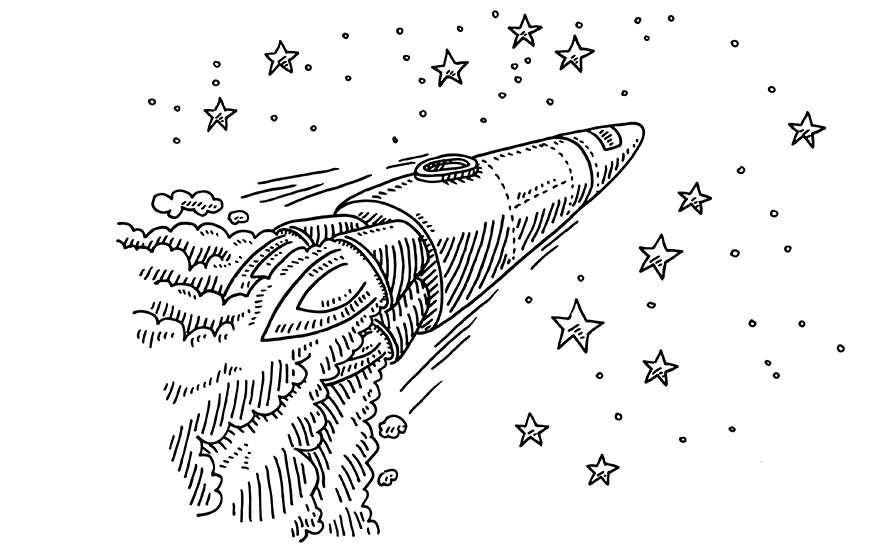
(Editor’s note: the title of this guest blog post is an exact quote from an email sent by author.)
I recently finished my first year of true PBL in my science classes. I have been teaching for 32 years now, and I never thought I would be able to transition my classroom fully to PBL. Well, after all of the training I received* from PBLWorks, I am hooked!
I learned this year that after I launched the project, discussed the driving question and the end product, my students took off like rockets. They were hooked, and the more projects we did the more engaged and excited they were. I truly enjoyed watching their excitement when they reached milestones as the projects progressed.
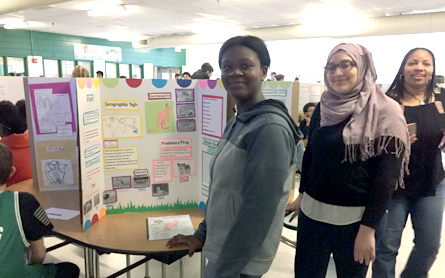
Lessons Learned About Making PBL a Success
- When I started the school year, I decided that I wanted students to understand what PBL meant, so they would be fully engaged. Before we started our first project, we learned about the parts of PBL, and the protocols we would be using during the project. I taught them about PBL just like they were with me in the PBLWorks training.
- We used the gallery walk protocol (which I learned in PBLWorks’ PBL 101 Workshop) to allow students to get and give peer feedback on their project plans. This was very beneficial; students took suggestions and applied them. We also used the charrette protocol (also in the 101 workshop) during the project, which I need to use more often so my students become more comfortable with how it works.
- In our first project, my students struggled with the “revise and rewrite” part of a project. They had no problem revising and rewriting in Language Arts class, but when it comes to science many of them would buck it. However, this improved immensely over time. Some of this might have been my fault, because I was so worried that I would have to adjust the calendar and kind got stuck in not wanting to move it. My second and third projects went much smoother, and because we work in teaching teams, the Language Arts teacher reinforced that revising and peer editing is important in every class. I also showed them the Austin’s butterfly video and we talked about why critique and revision is so important.
- I provided my students with checklists at different times during the projects, which were very helpful. At first students did not use them properly or even ignored them and then struggled to get to the end product. For middle school students, I am a firm believer in the checklist in order to keep everyone on track—including myself.
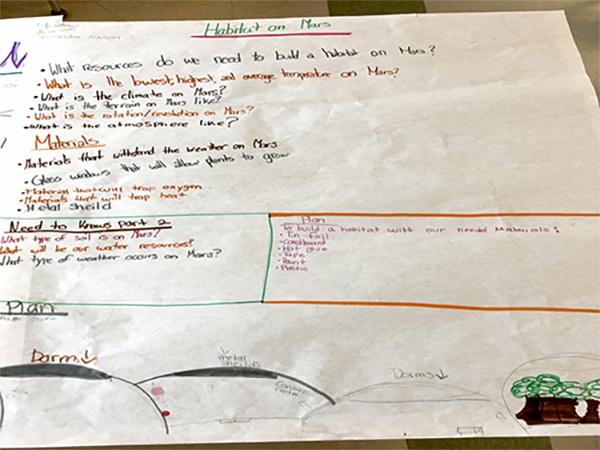
How PBL Motivated Students: Two Projects
I have loved seeing my students so engaged and creative. My students who were not big about doing homework or other class activities stepped up and jumped into projects 100%. It was so refreshing to see their excitement and motivation, and they were also really proud of their final product.
For example, one of my projects was about the planet Mars. Students either had to develop a space shuttle to get them there, land, and return to Earth, or create a shelter they could live in on Mars. The students who were not usually the most motivated soared! The final product was a “Shark Tank” type scenario where teams had to ask for money to fund their design.
It was an awesome project! The kids who didn’t attend to school every day, or did not like to complete worksheets, were coming to class and working. The best part was that when they did their presentations, theirs were the better ones! They knew what they were talking about and were truly excited about trying to get to or live on Mars. Seeing the excitement and engagement in those students, and how much they learned, is when I knew that I needed to have a PBL classroom 100% of the time.
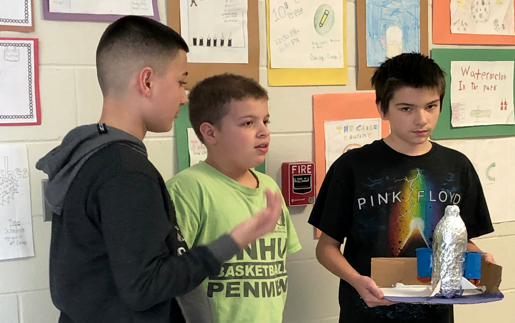
I experienced similar things with my 8th graders when we built our zoo. They each researched an animal and developed a presentation and a book of their research on their animal. Some of my least motivated students created beautiful tri-fold boards with awesome art work. They also took such pride in their work when about 80% of the school visited their zoo in the cafeteria. They answered questions and were very proud of their accomplishments.
In the marking quarter when I did these two projects, not one student failed my class. Engagement and collaboration paid off. I was so proud of so many students who, if I had not done PBL, would not have passed my class this year.
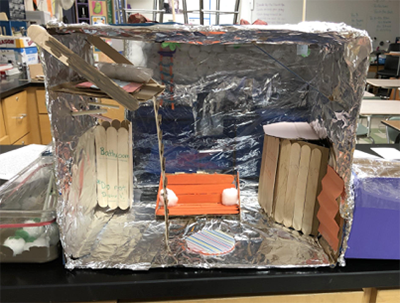
A Block Schedule Would Be Better
I truly feel that a block schedule would be a plus for PBL, since time is always a struggle. As a teacher who teaches two grade levels and two different science curriculums, at times I found running projects at the same time very difficult. My team is trying to reconfigure the schedule so we can create a mini-block within the team.
A Rejuvenated Teacher
As I reflect back on this past school year, I felt rejuvenated as a teacher, especially when I saw students engaged and excited about learning. I was so proud of my students and what they accomplished this past year. I thought at the beginning that it was going to be tough to get students to buy into PBL, but in the end my excitement rubbed off on them.
I thought it might be hard to teach an old dog new tricks, but now I am totally committed and proof that PBL works. I’ve become a PBL coach to other teachers. Here’s to new projects and looking forward to all the great moments that come with doing PBL!
*Special thanks to Amy Allen of the Manchester School District and the support from school and district administrators, who participated in the training from PBLWorks.

